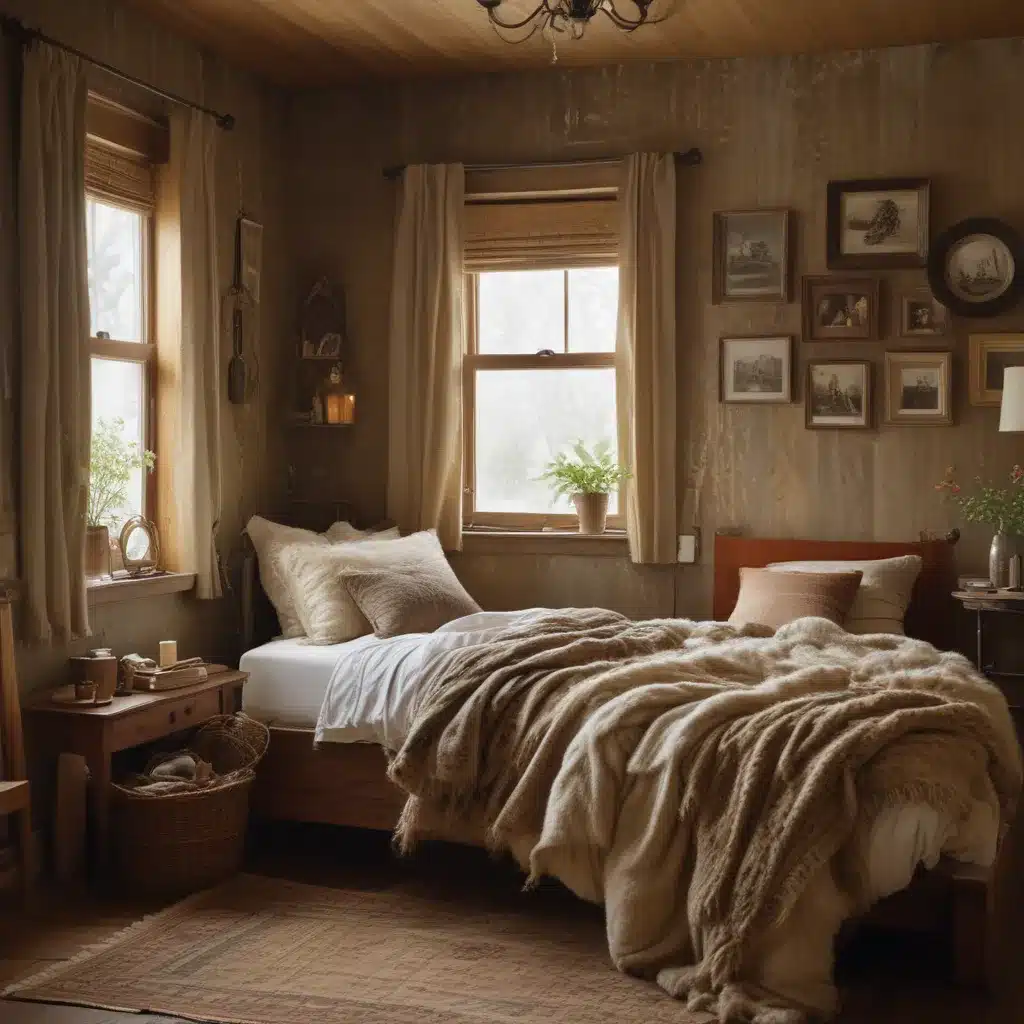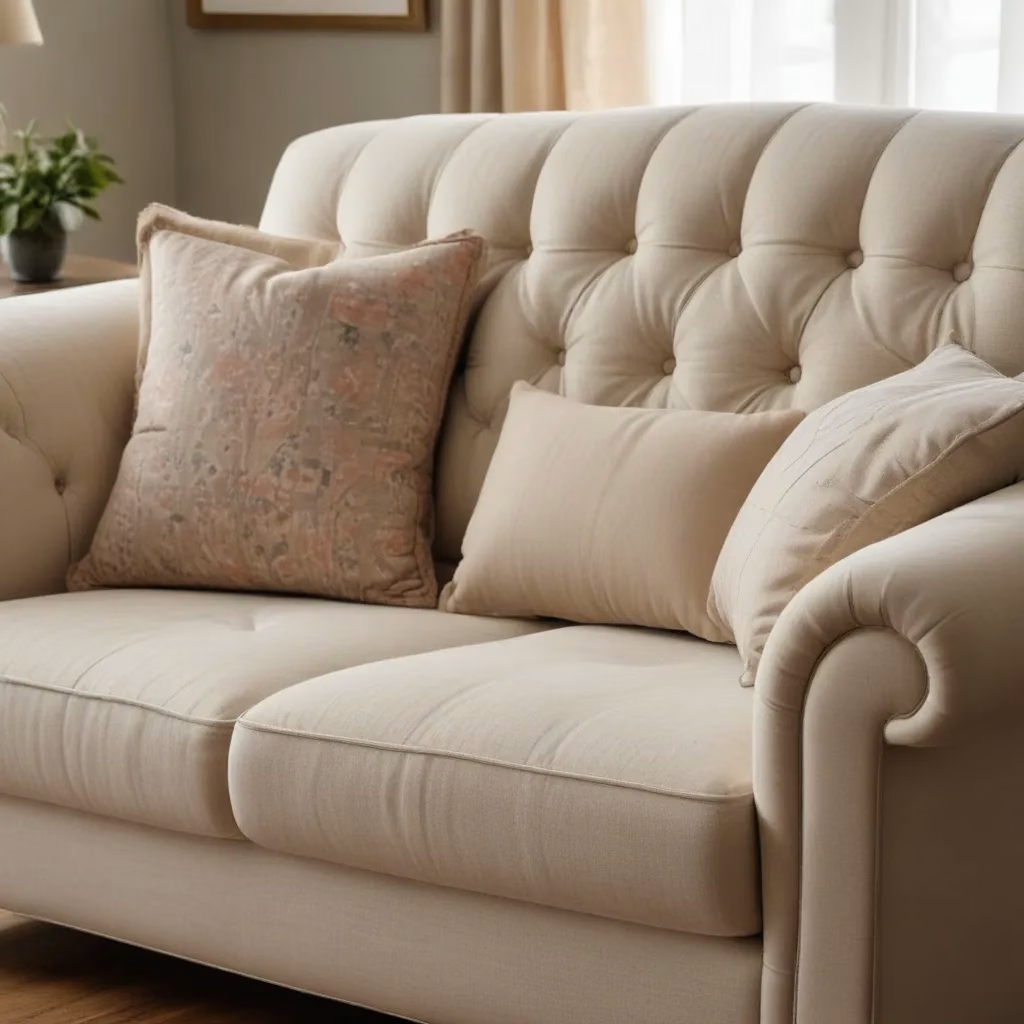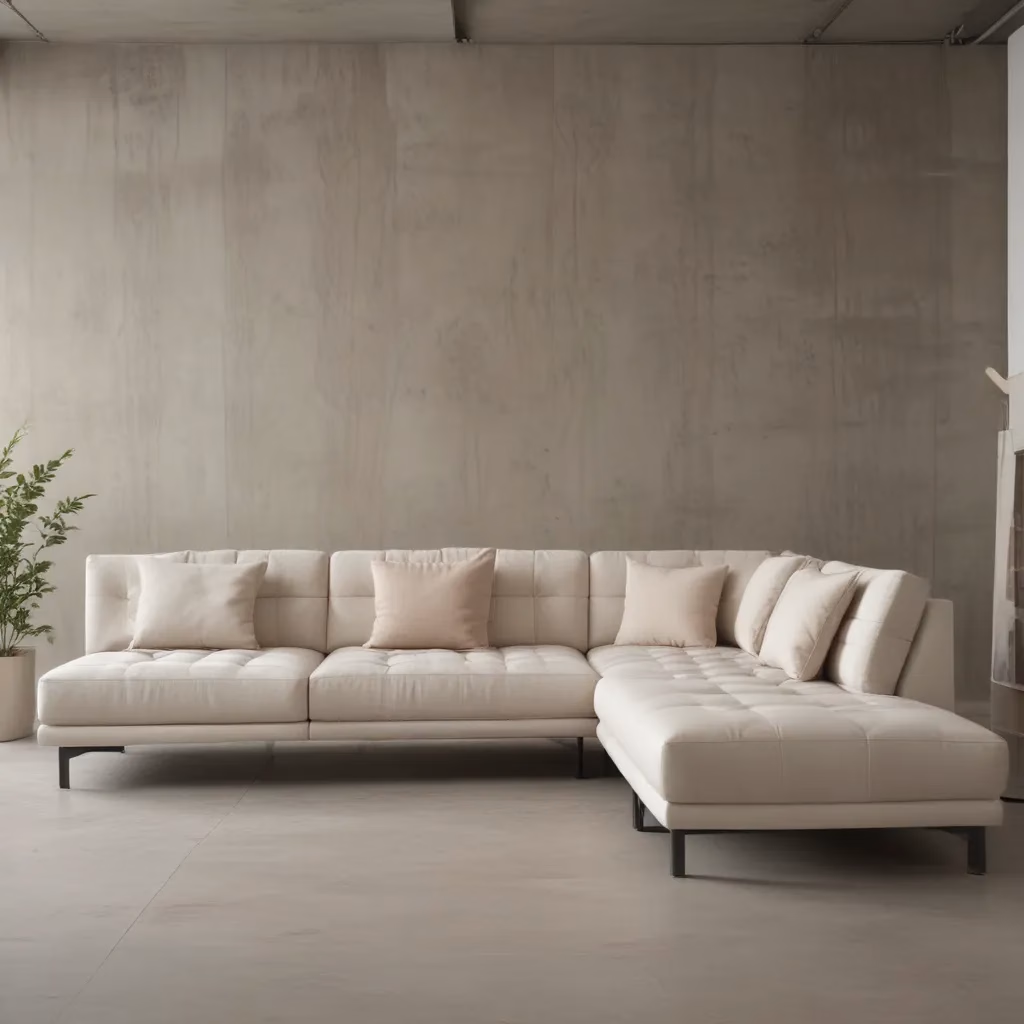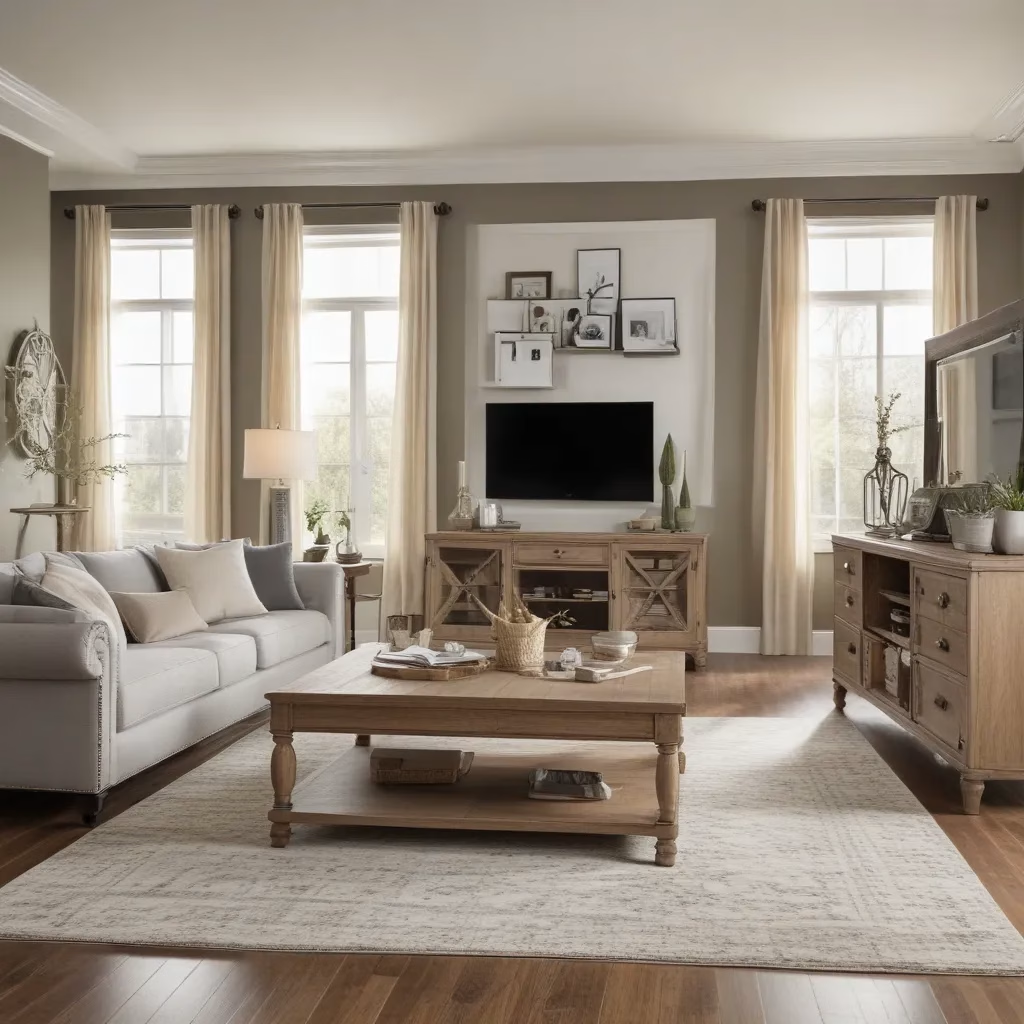Embracing the Warmth of Mixed Wood Tones
We’re a couple of homebodies working to uncover the home our home wants to be. And we’re so happy to have you here – browse the shop, enjoy the befores and afters, mood boards, plans, failures, and wins. We’ve done a lot of projects, and they’re all here for you to explore.
I recently received an email from a reader asking for help with mixing wood tones in their space. It’s a common struggle, as we all want our homes to feel cohesive and intentional. But the truth is, not every piece of wood you bring into your space has to match perfectly. In fact, embracing a layered look with contrasting wood tones can make a space feel so much more lived-in and inviting.
Uncovering the Rules of Wood Tone Mixing
Let me start by saying – using the same wood tone in a space can make everything look flat. Instead, go for a layered, lived-in look with wood tones that both complement and contrast.
As you decorate your home over time, you’ll pick up pieces along the way. These pieces won’t match – and that’s the best part! The key is to follow a few easy rules to ensure the mix feels intentional.
First, find your dominant wood tone. This could be the floors, the largest piece of wood furniture, or a wall of cabinets (especially if a rug is covering much of the hardwood floors).
Next, introduce some contrast. Contrast is okay – it’s kind of what you’re going for. Mixing a light wood with a dark wood will look intentional. For an easy formula, choose a light, medium, and dark tone.
But it’s not just about value – you also want to consider the undertones. Most wood is warm, but take note of the chart below. Walnut is versatile because it’s so neutral, in which case the undertone could swing either way depending on the stain and the woods you pair it with.
If your dominant wood tone is warm, stick with warm woods. If your big piece is cool in tone, embrace it and look for other pieces with blue-gray undertones. There’s no need to carry a wood swatch around – just ask yourself, “Is this piece warm or cool?”
Balancing the Wood Tones Around the Room
Part of what makes a room feel cohesive is repetition. When mixing wood tones, each tone needs to be represented at least twice in the room. You could choose a piece as small as a bowl or a frame to balance the wood tones around the space.
And speaking of gallery walls, this is a great place to tie in a wood tone that needs duplication. If a chair or an end table is the only piece in its tone, look for a frame in the same tone to bring it into the room.
Think of reclaimed wood and raw edges as accents. Like a rug or an upholstered piece of furniture, they can help marry the wood tones. And a really visible grain is your friend – large wood grains make a space feel rustic and casual, while small wood grains make the room feel formal and polished.
The rug doesn’t have to match the wood tones. In fact, if you can introduce contrast here – a cool rug under warm woods – it might help pull your undertones into focus, showing how all of your wood pieces go together.
Embracing the Warmth of Wood
The warmth of wood is making a big comeback, so there are more wood tones, cabinets, and accessories to choose from now than ever before. If you ever feel like things have gotten out of hand – too many wood tones, too many finishes – pull back. Swap out a piece or two, try sanding a few different wood pieces down and applying the same stain, or introduce some contrast with black (even stained black).
Look to that dominant wood tone and start over if you have to. You got this! And hey, if you ever need a little inspiration, you know where to find me – Sofas Spectacular has got your back.
Layering Textures for a Cozy, Inviting Space
Beyond just mixing wood tones, incorporating a variety of textures is key for creating a warm, cozy space. Think about pairing smooth, sleek surfaces with nubby, rustic accents. This could be as simple as layering a soft, plush throw over a leather sofa or incorporating a woven basket or jute rug.
The key is to strike a balance – you don’t want the room to feel too one-dimensional with all shiny or all matte surfaces. By mixing it up, you’ll achieve that perfect lived-in, layered look.
And don’t be afraid to get creative with your textural choices. Something as simple as swapping out your throw pillows can make a big impact. Try pairing a velvet pillow with a chunky knit or incorporating a mix of materials like linen, cotton, and wool.
The great thing about textural layering is that it’s an easy, affordable way to refresh a space. Unlike larger furniture pieces or a complete room makeover, you can switch out smaller accents and decor items to achieve a whole new look and feel.
Bringing it all Together
At the end of the day, creating a warm, inviting space is all about finding that perfect balance. By mixing wood tones, incorporating a variety of textures, and layering in cozy, personal touches, you can transform even the coldest of rooms into a haven you’ll never want to leave.
So don’t be afraid to experiment, to mix and match, to have a little fun with it. Your home is a reflection of you, so embrace the process and let your unique style shine through. And of course, if you ever need a little extra inspiration, you know where to find me – Sofas Spectacular is always here to help!




